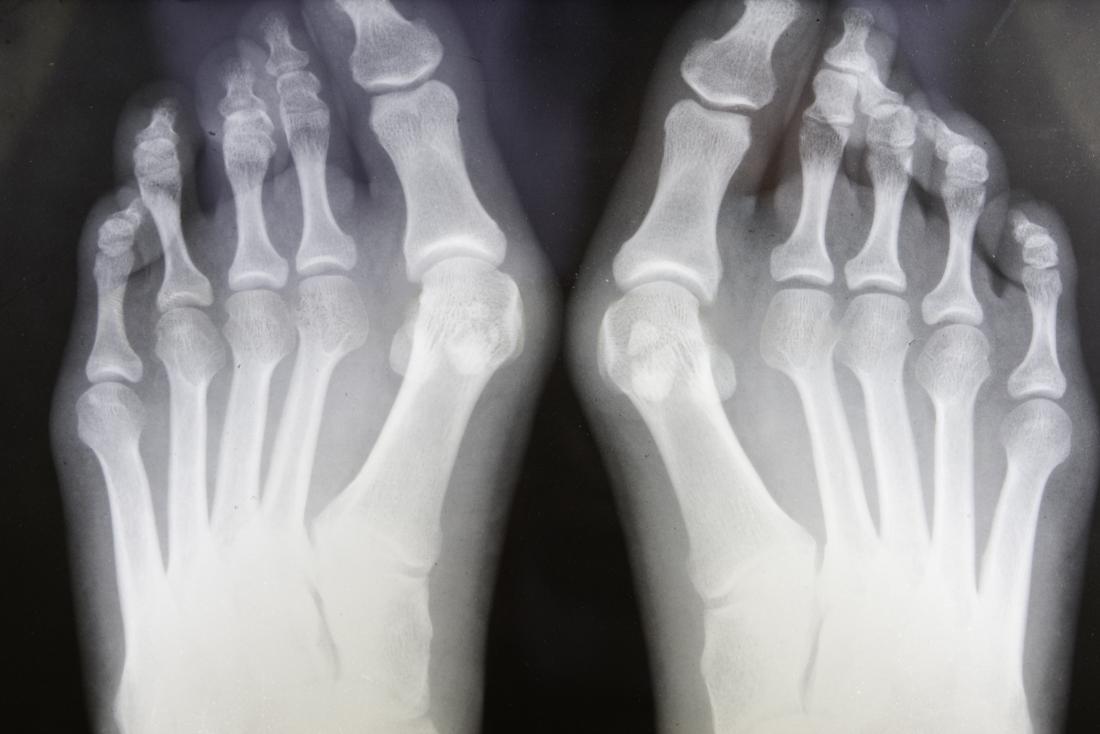

Surgery is an option when non-operative treatment is unsuccessful. Non-surgical treatment is often successful and includes: wearing wider shoes with space to accommodate the bump correcting the little toe deformity with a toe spacer or padding the prominence to prevent irritation. A bunionette occurs when the bone of the midfoot (metatarsal) angles out and the little toe (phalanx) angles in, resulting in a bony prominence. This can be painful, especially if it rubs against a tight fitting shoe. Park and Lee believe that radiographs taken during surgery might help develop guidelines for "satisfactory correction" of bunions - in particular, ensuring that surgery corrects the HVA to eight degrees or less.Edited by Peter Stavrou MBBS, FRACS, FAOrthAĪ bunionette is a prominent deformity at the base of the little toe.

If future studies confirm their results, Drs. Other factors associated with increased recurrence risk included severe bunions with a preoperative HVA of 40 degrees or larger and the position of a pair of small bones (sesamoids) under the joint on postoperative x rays. While previous studies have focused on one or two risk factors for recurrent bunions, the new study evaluated the effects of multiple factors. "The recurrence of hallux valgus is one of the most important complications after surgery because it is closely related to patient satisfaction," the researchers write.


The HVA continued to widen over time in patients with recurrent bunions, but stabilized at six months in those without recurrence. Bunions were 28 times more likely to recur when the postoperative HVA was eight degrees or larger than when the HVA was less than eight degrees. Patients with larger preoperative and postoperative HVAs were at higher risk of recurrence. Recurrence was defined as a hallux valgus angle (HVA) - the angle formed by the toe bone and first metatarsal bone - of 20 degrees or greater. All but two patients were women, reflecting the fact that bunions are commonly caused by tight, confining shoes.Īt an average follow-up of two years, the bunion recurrence rate was 17 percent. The study included 93 patients undergoing bunion surgery on 117 feet. Park and Lee sought to determine whether measurements made on routine "non-weight-bearing" x rays immediately after surgery could predict the risk of recurrence in the months after the procedure. Unfortunately, for many patients, bunions gradually return after surgery - previous studies have reported recurrence rates of up to 25 percent. When bunions become severe, painful, or interfere with walking, surgery can be performed to realign the bones. They appear as a bump on the side of the foot, caused by misalignment of the big toe and the long bone (first metatarsal bone) connecting it to the ankle. Simple X-Ray Measurements Strongly Liked to Bunion Recurrenceīunions - the medical term is "hallux valgus" - are a common foot deformity. They believe that, with further study, using the same x-ray predictors during surgery might help to minimize recurrence risk. Recurrence of bunions can be "reliably predicted" from a few simple measurements on postoperative x rays, according to the new research by South Korean investigators Chul Hyun Park, MD, PhD, of Yeungnam University Medical Center and Woo-Chun Lee, MD, PhD, of Injie University Seoul Paik Hospital.


 0 kommentar(er)
0 kommentar(er)
